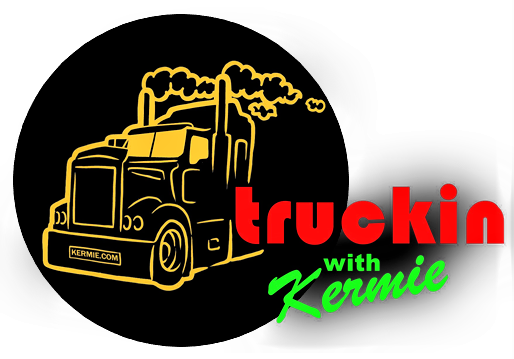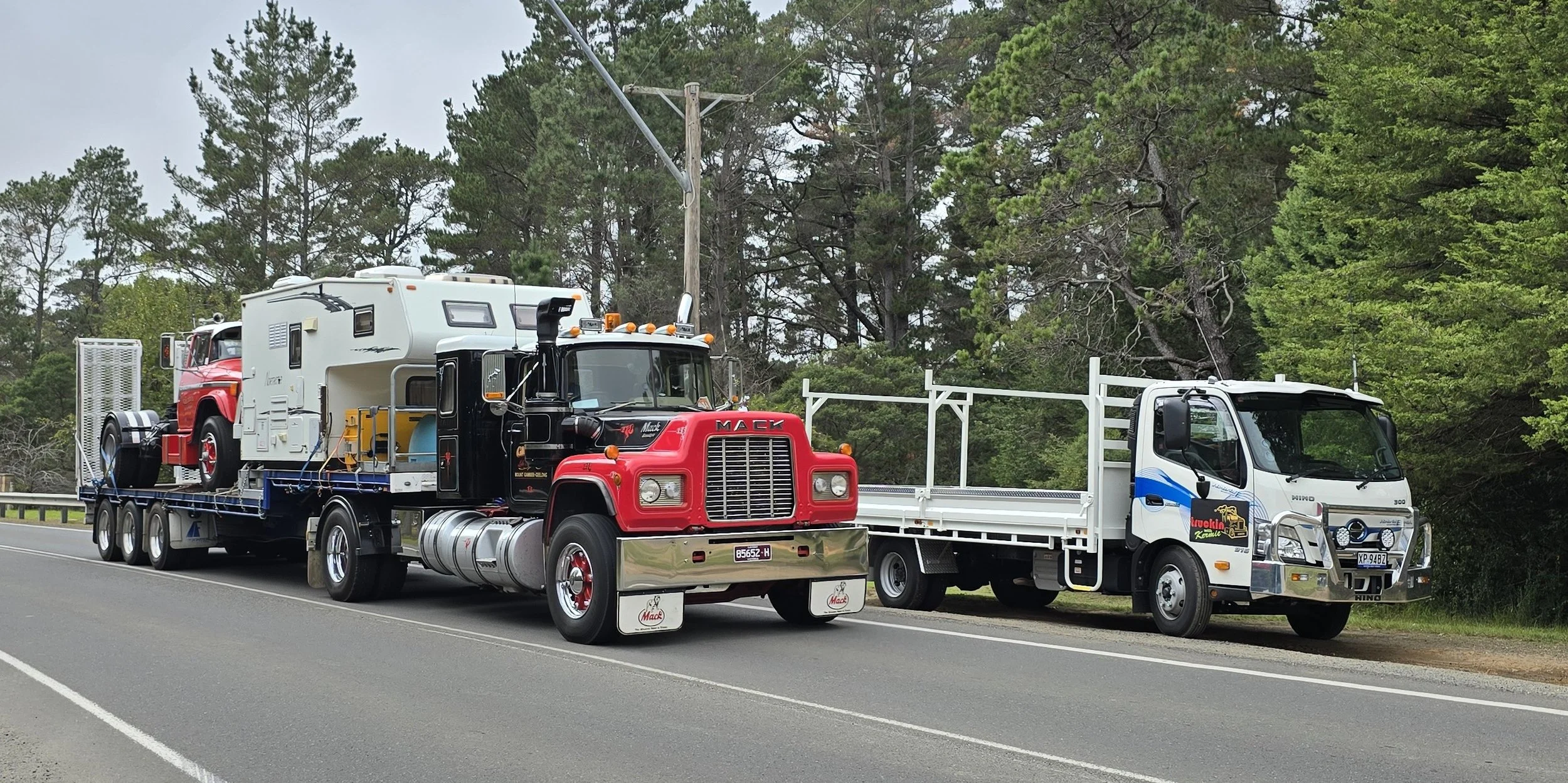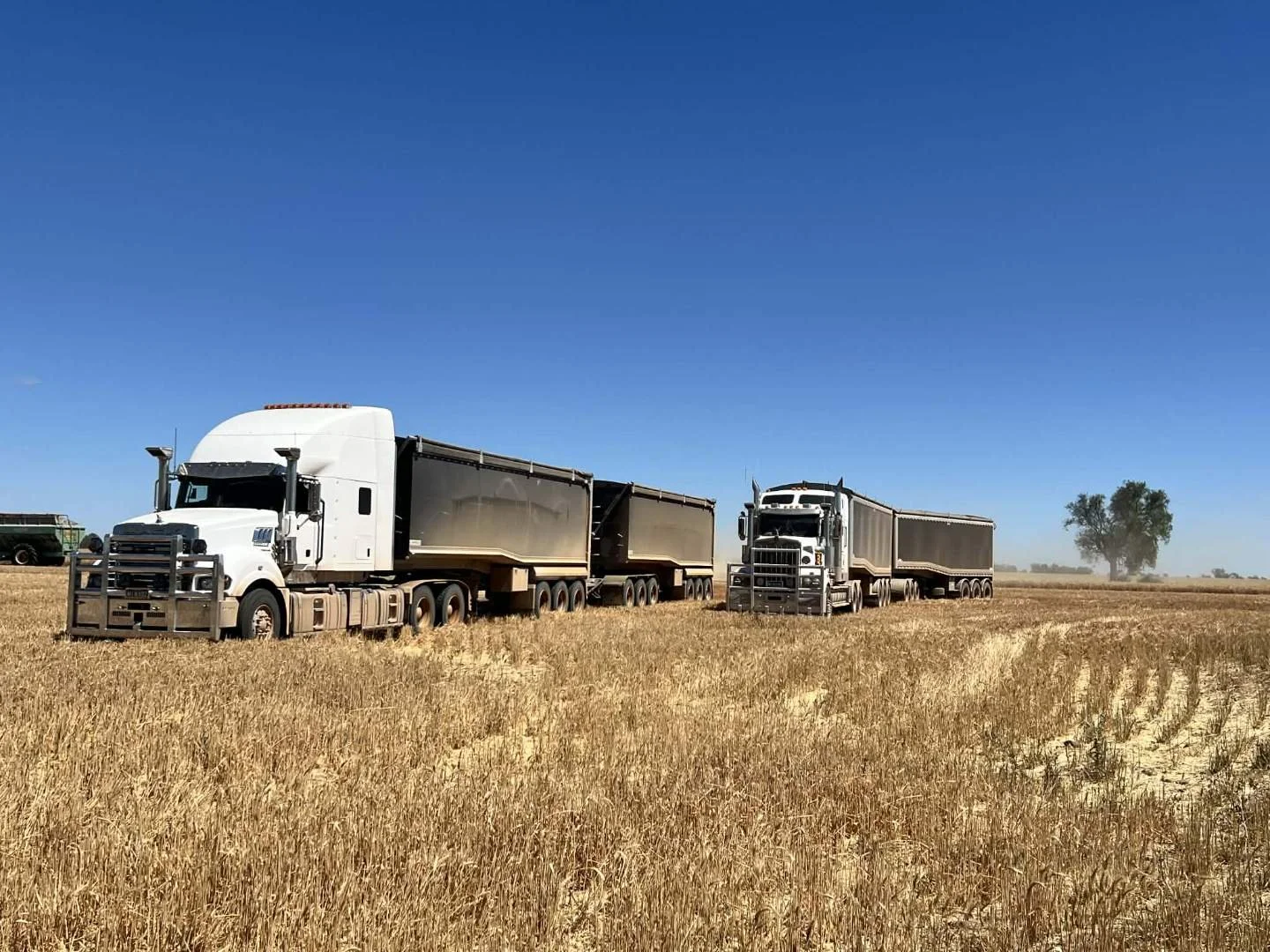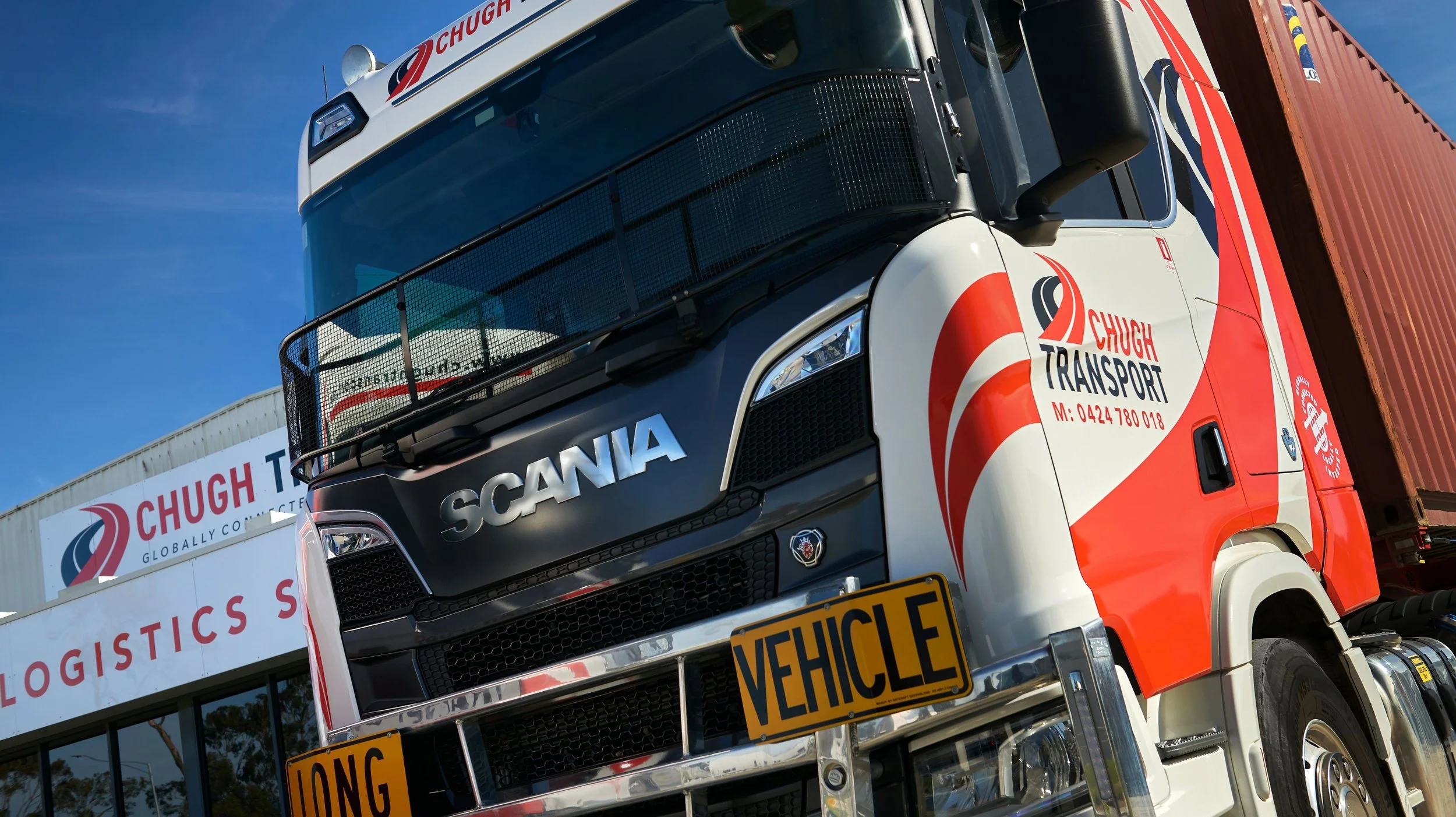HINO HYBRID: “Let’s set the record straight!”
The ‘range anxiety-free’ way to go electric.
Usually when I’m offered a test drive of a truck, it’s only for a short period of time and accompanied by one of the relevant company’s representatives. There’s nothing wrong with that, and they don’t put any pressure on me to write only good thing about their products. And having done it for a long period of time, I do know what to look out for when I climb up into the cab and go for a spin.
Hino do things a little differently. They chuck the keys to me and ask how long I’d like the truck for. I’d suggested driving one of their trucks to a couple of truck shows a month apart. “That’s fine,” they said. “Just keep it for the whole month. We’ll give you one of our Hybrid Electric trucks.”
What’s that I hear coming back at me through this page? Howls of derision? Whenever I put a comment on my Socials about a truck that has the word ‘electric’ in its description, the keyboard warriors come thick and fast: It’ll never replace Texas Tea. How do you get it home when the batteries go flat? Stuffs up the payload. I don’t want the range anxiety. And on and on it goes.
Whenever I’ve mentioned Hino Hybrid Electric Trucks in dispatches, I get exactly the same type of comments.
So let’s set the record straight: The Hino Hybrid Electric is a diesel powered truck that is aided and abetted by batteries and an electric motor. I’m now convinced that the company should drop the word electric from the name.
Toyota, who happen to be the parent company of Hino have been producing hybrid cars for nigh on 40 years and I’ve never once heard a word of derision about them – apart from maybe the looks of the original Prius which was polarising in its design (and of which there are still plenty on the road decades later). Today you can’t order their best-selling RAV 4 unless it’s a hybrid and the wait list is so long that you may be old and grey before you get one.
Just about every manufacturer has a hybrid car in their range today for a couple of very simple reasons. Frugality of fuel consumption is number one. You simply get more kilometres per litre and who doesn’t want that? Secondly it reduces emissions and allows manufacturers to meet stringent government regulations both here and abroad. Lastly, because there is an internal combustion engine attached, there is no range anxiety. I’ll say that again: NO RANGE ANXIETY!
Setting up camp
To my mind, Hino have very sensibly seen a market gap and filled it admirably with their 300 Series hybrid electric trucks. It answers a range (see what I did there?) of questions. No, you don’t have to plug it in. No, the batteries won’t go flat. Yes, it will take you anywhere there is a service station.
It’s not as though Hino have no experience in the hybrid field, having produced the first Hybrid Electric bus back in 1999, followed by the first light duty hybrid truck in that same year. Indeed the 300 Series Hybrid Electric has been available in Oz since 2007.
The setup has a diesel up front with a clutch between it and the electric motor, and then the gearbox. Upon take-off the clutch is disengaged and the electric motor gives initial propulsion, resulting in a smoother take-off and no wasted fuel in moving off the line. The truck’s brain will determine when the diesel comes into play, engaging the clutch as needed.
Off the accelerator, the clutch disengages and the electric motor becomes a generator – feeding power back into the battery. In conjunction with stop/start technology Hino talk of a 23% efficiency gain over the conventional diesel in litres used per 100km.
There are companies and people out there who want to do the right thing by the planet and reduce running costs, but are leery of the full-electric (EV) alternative and its related problems such as infrastructure, added weight of batteries equalling reduced payload and range.
The weight penalty of the batteries in the 300 Series is 220kg over their conventional diesel, not a lot and nothing compared to an equivalent full electric. Overall the truck’s tare is equivalent to some other 5 litre light duty trucks so the weight penalty is not an issue.
So now I’ve got the keys to a 300 Hybrid (the 916 wide body version of the series) and a fuel card. As well as driving it around town, to the supermarket and so forth, I check out the truck show calendar. There’s Clunes and the White Muster, there’s Colac and Beaufort, there’s the CMV run from Melbourne to MOVE and finally there’s Haulin’ the Hume which will take me from home in Mooroopna to Sydney to Gundagai then back to Sydney to drop the truck off. That’s a busy weekend!
Before any of that however, I get a call from No 2 son in Melbourne. Tom’s always up for a chat. It’s just that the chat often includes car problems and this is no exception. It’s 10pm and he’s stuck on the side of the road some 200 km from me. I suspect a carked alternator and such turns out to be the case.
Picking up the new alternator
Not only do I NOT have range anxiety, but I also have that fuel card so I tell him I’ll be down the next morning to help him replace it.
I fire up the truck and head off before daylight. Not wanting to disturb the neighbours I accelerate gently and the electric motor does the work, the diesel coming into play as I press down harder. At the traffic lights all goes quiet as the stop/start comes into play, and then repeat. The cab is quiet, the ride is comfortable and I know I don’t have to stop to recharge. Life is good – but not so for Tom unfortunately, as we couldn’t get the alternator out. In an exquisite twist of irony we had to recharge HIS battery to get him to a garage later that day.
Wrong one!
There followed trips to the aforementioned truck shows and some local running around. Highway running averaged around 14L/100Km while local – where many of these trucks will spend their working lives came in at a miserly 10L/100Km. In a past back to back comparison I achieved a 26% saving over the diesel-only equivalent around town and around 17% on long open road runs. That’s money in my pocket rather than the service stations. By way of further comparison, my petrol Ford Territory averages around 12L/100Km, so the much bigger and heavier Hino is killing it!
Mixing it with the old big bangers
Yes, there is a cost hike over the diesel-only but Hino tell me that 90% of buyers finance their truck. With finance, insurance, registration, maintenance and fuel, the hybrid will leave you around $150/month better off than a diesel on a standard lease purchase/finance deal over 5 years. That’s $9,000 in your pocket. Keep it for another 5, as many do and you can add around another $15,000. To me this is a no-brainer.
After a month of ‘ownership’ I had to sadly pass the keys back to the company (they wanted the truck with it). If you are in the market for this type of vehicle please do yourself a huge favour and check out the Hino Hybrid no-anxiety range of trucks. It just makes sense!
PS: At all the truck events I attended, only two people asked about range anxiety – and they weren’t truckies. Makes me wonder just who those keyboard warriors are.
Time to return the keys. I didn’t want to!
More Blog Posts You Will Love
More From In-depth
Got something to say? Say it here!
truckinwithkermie.com is for YOU and about YOU. We’d love to hear your stories. There are a number of ways to get in touch with us:
kermie@truckinwithkermie.com
(+61) 0418 139 415



















